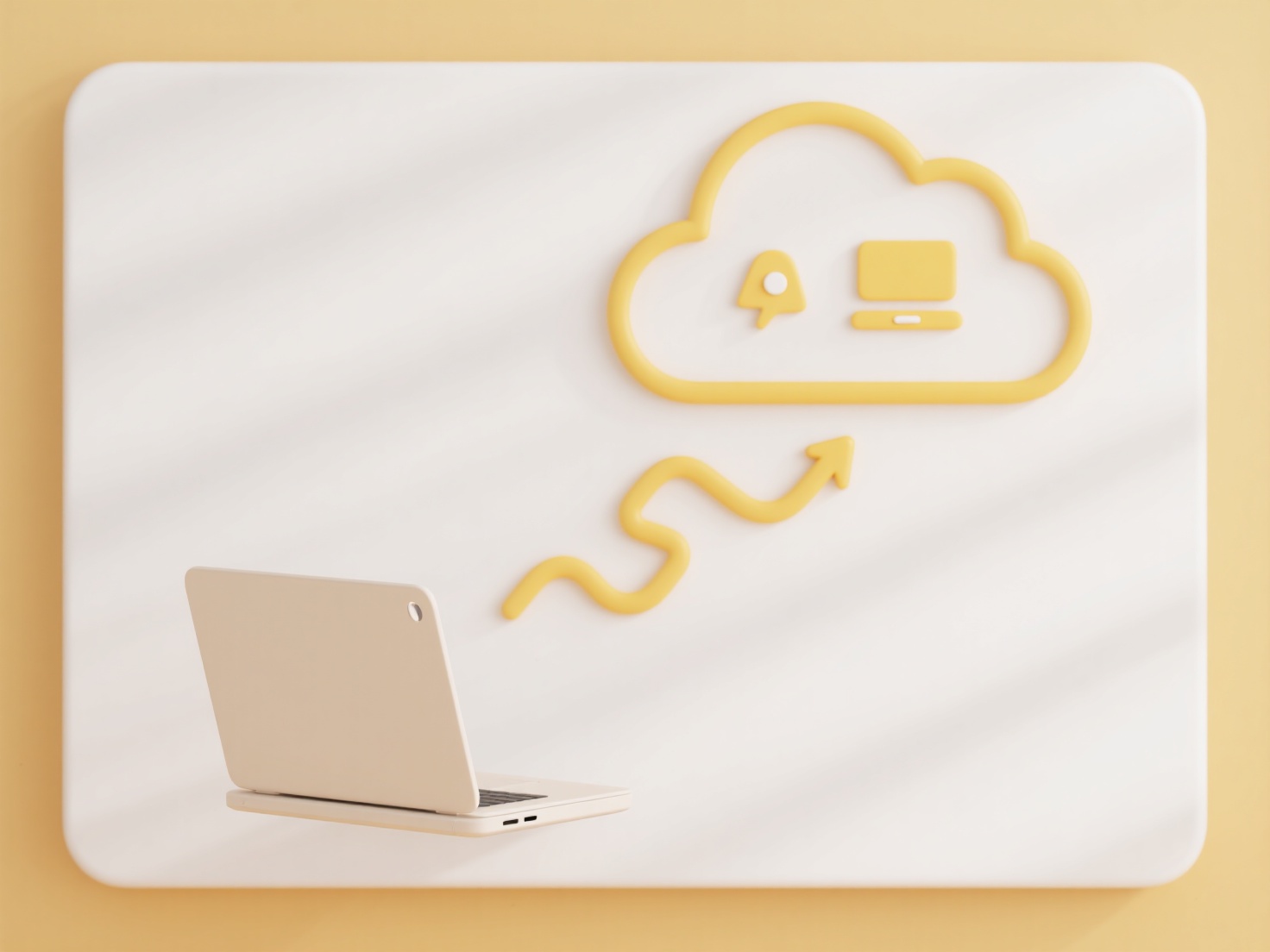
Secure document sharing involves transferring files with protections against unauthorized access or leaks. It differs from regular sharing methods like email attachments by using encryption to scramble content, implementing access controls such as passwords or permission settings, and often providing audit trails to track activity. This prioritizes data confidentiality and integrity during transmission and storage.
Common secure methods include using password-protected encrypted file transfer services (like those integrated into platforms such as Citrix ShareFile or Box) for exchanging sensitive legal contracts. Financial advisors often utilize client portals within CRM systems that enforce multi-factor authentication for sharing confidential statements and reports, restricting access solely to authorized recipients.

These approaches greatly enhance security compared to basic email, particularly crucial for compliance with regulations like GDPR or HIPAA. Limitations include potential complexity for users and associated costs for advanced platforms. While robust security can sometimes impede quick sharing, the necessity of protecting sensitive client information drives adoption and fuels innovation in cybersecurity and privacy-focused collaboration tools.
What’s the safest way to share documents with clients?
Secure document sharing involves transferring files with protections against unauthorized access or leaks. It differs from regular sharing methods like email attachments by using encryption to scramble content, implementing access controls such as passwords or permission settings, and often providing audit trails to track activity. This prioritizes data confidentiality and integrity during transmission and storage.
Common secure methods include using password-protected encrypted file transfer services (like those integrated into platforms such as Citrix ShareFile or Box) for exchanging sensitive legal contracts. Financial advisors often utilize client portals within CRM systems that enforce multi-factor authentication for sharing confidential statements and reports, restricting access solely to authorized recipients.

These approaches greatly enhance security compared to basic email, particularly crucial for compliance with regulations like GDPR or HIPAA. Limitations include potential complexity for users and associated costs for advanced platforms. While robust security can sometimes impede quick sharing, the necessity of protecting sensitive client information drives adoption and fuels innovation in cybersecurity and privacy-focused collaboration tools.
Quick Article Links
What file name format works best for photos or media libraries?
A good photo and media library naming format clearly identifies content while making files easy to organize, search, and...
How do I organize user submissions or uploads?
Organizing user submissions or uploads involves structuring files, data, or content provided by users through web forms,...
How do I compare Excel files to spot duplicates?
Comparing Excel files to identify duplicates involves checking rows or entries across different workbooks or sheets to f...